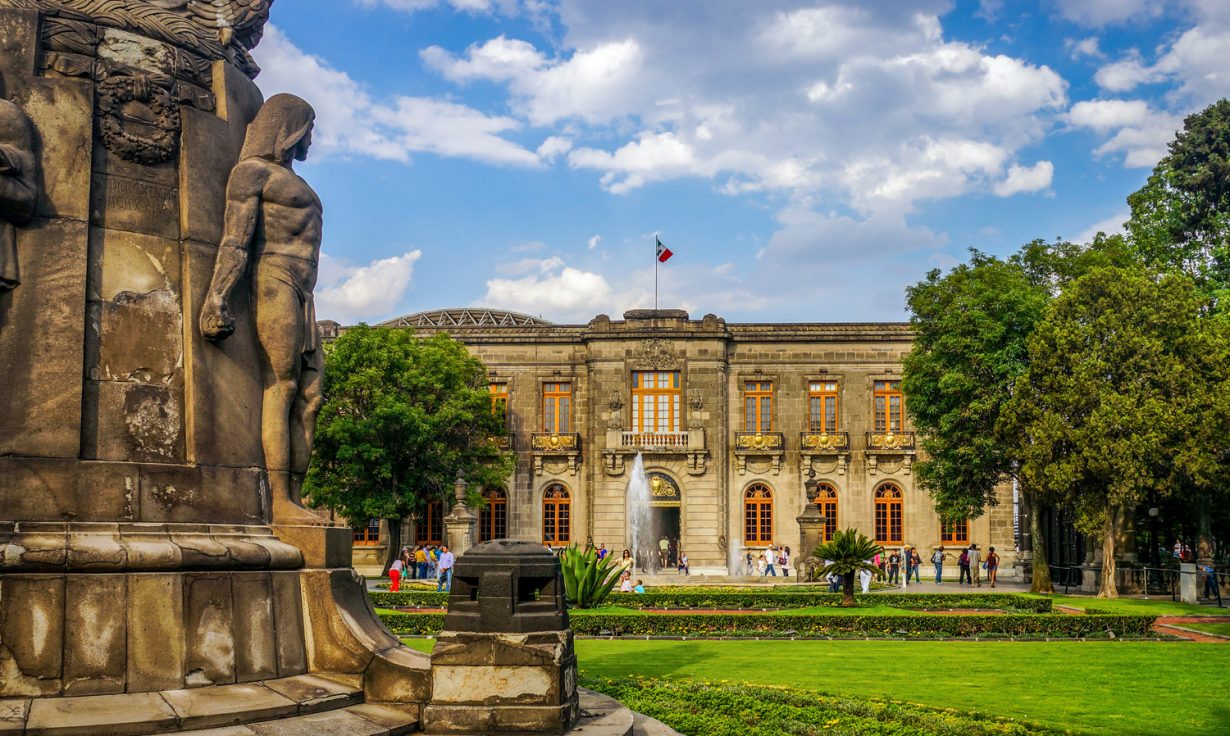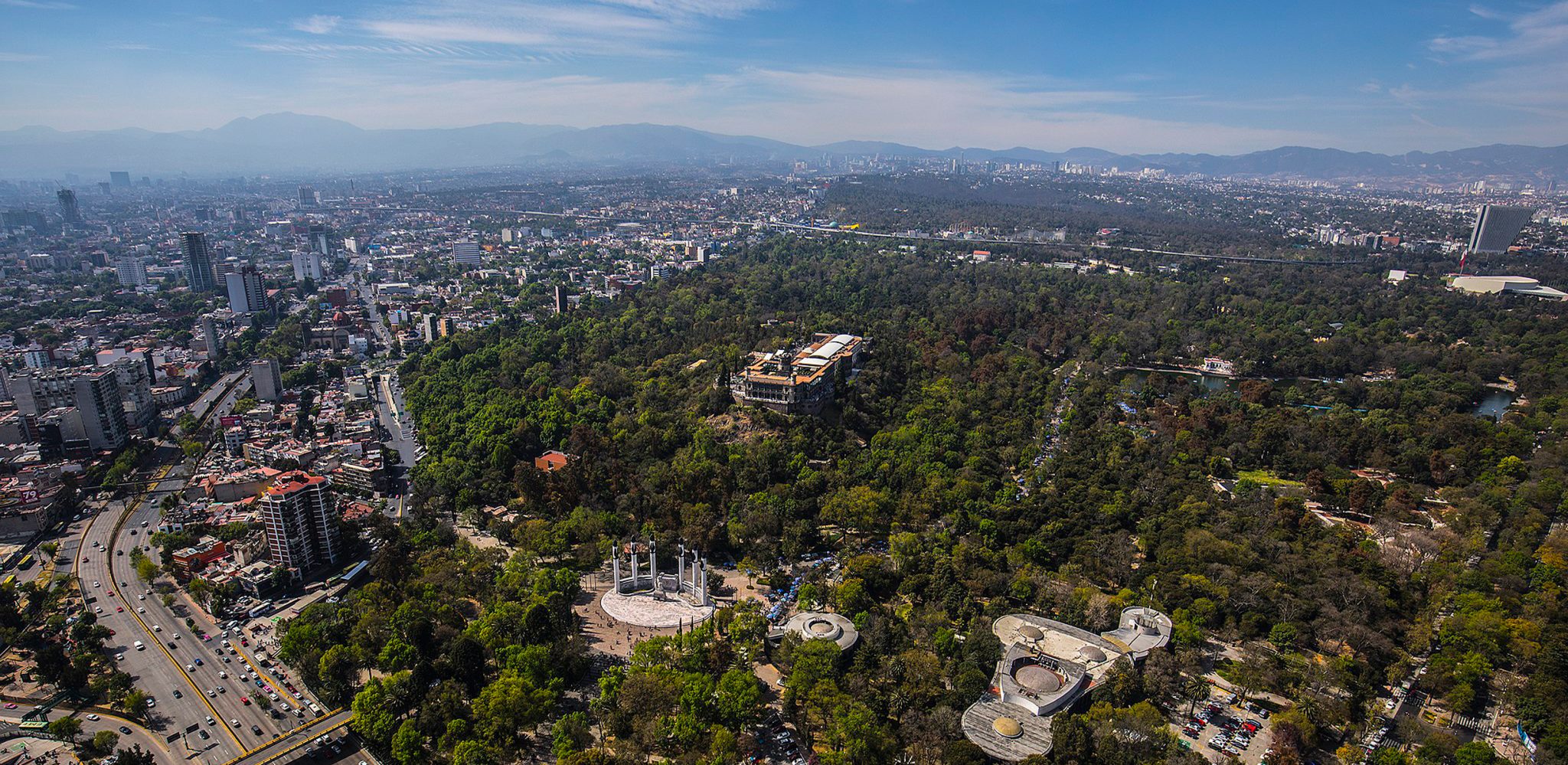Why is Mexico splurging on an art park when state aid is being slashed?
On 2 April 2019, one of Mexico’s most celebrated living artists, Gabriel Orozco, joined Mexican president Andrés Manuel López Obrador (AMLO) for the politician’s daily press conference. Orozco pointed at a map of Mexico City’s Chapultepec Park and spoke of his grandiose plans for the largest and most popular city park in the region, home to important and much-visited institutions like the National Anthropology Museum and Museo Tamayo. Aside from their constantly repeated goal of turning Chapultepec Park into one of the most important cultural circuits in the world, and that, for reasons that were left unspoken, Orozco had been anointed director of the project, the rest was left vague. At around that time, mass layoffs were ongoing as a consequence of that year’s 3.9 percent budget cut in the cultural public sector, and by October we learned that over 12 percent of the federal culture budget for the next year, 2020, would be allocated to the nebulously ambitious Chapultepec megaproject. A year later, the new coronavirus pandemic hit the country largely unrestrained by a state response that instead landed us with the fourth-largest death toll in the world, while AMLO prioritised his most pharaonic projects – ‘Chapultepec Park: Nature and Culture’ included.
By summer, most cultural workers had hoped that given the ferocity of the pandemic and the misery it had brought – aided by state-mandated austerity cutting 75 percent in expenses for all federal agencies, leading to more layoffs and delayed payments for many museum employees – a poorly defined project as massive as Chapultepec would be called off. But on 9 August, Mexico City authorities unveiled two websites, a model and a schedule for the renovation and construction in the park. For the totality of the project, to be completed by 2023, the price tag is over ten billion pesos (£368 million), and though they assured us that the main project would focus on the renovation of existing sites, it was the announcement of two new spaces that surprised the most: a new Contemporary Mexican Pavilion, in which, Orozco explained in an interview, international visitors could see his artworks and those of his peers; and a National Art Warehouse for public collections and possibly, as an official document read, to make money on the side by charging for the storage of private collections.

That so many of us in the cultural sector are angry is best explained by groups currently organising to protect the park, and the funds assigned to its renovation. The Frente Ciudadano para la Defensa y Mejora de Chapultepec (Citizen Organisation for the Defence and Improvement of Chapultepec) decries the project as another attempt by colluding politicians and real-estate interests to privatise and profit off one of few public recreational spaces in a city dominated by malls. They also highlight the ecological consequences of a project that is already cutting down trees but publishing no environmental-impact studies. As for Maleza Crítica (Critical Overgrowth), a workgroup of art workers – myself included – thinking critically about the project, we worry about the power structures being reinforced in a wealthy central location that is already oversupplied with galleries, theatres and museums, especially now, when many institutions along the periphery of the city and in the provinces are falling apart. I worry too about the absence of terms like coronavirus and pandemic conditions in all of the official documents made public.
The questions are many: why this, an intervention nobody asked for, right now, when so much less-flashy assistance is needed? Why was there no open, public bidding process for the project? What kind of contracts will the cultural workers be offered in the new spaces: the same ones as exist now in existing public arts spaces, with no benefits or labour security? What power do we have to hold Orozco accountable – as he holds no public office – for possible conflicts of interest when it comes to the pavilion and the warehouse? What ideas of culture, nature and progress are behind this push for an internationally positioned cultural circuit? Is all that money being wasted by wilfully ignoring our new, possibly permanent, viral reality? Our so-called leftwing government seems eager to follow neoliberal logic by choosing megalomaniac anti-solutions to deep-rooted problems. Why fix what’s broken, the precarity and injustices within Mexican society made more evident by a global pandemic, when you can just put a billion-peso tarp over it?
The response so far from Orozco is that these queries are simply ‘fake news’.
Gaby Cepeda is an independent curator and writer based in Mexico City
